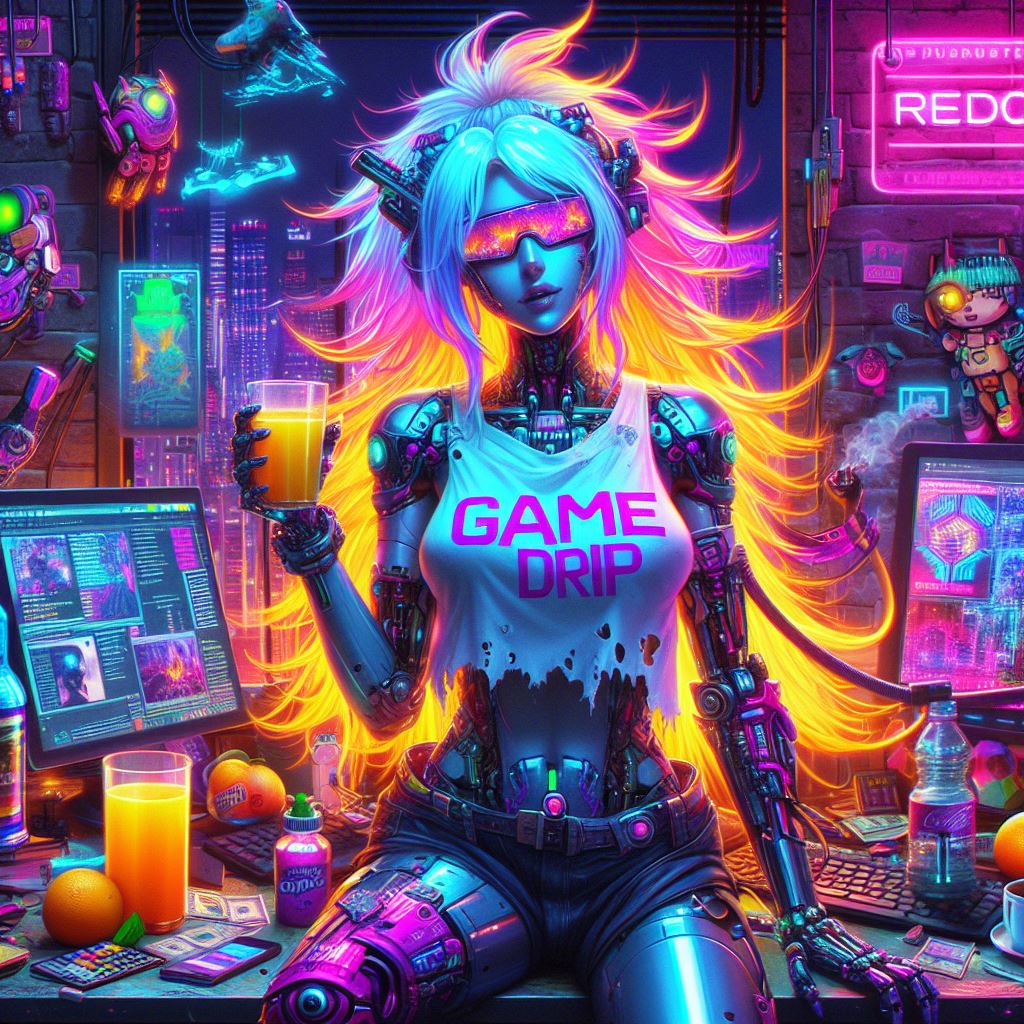As featured on Minecraft Servers Listing
#Minedorf #Server
You want to learn more about Minedorf or just download the map? Visit the main project site.

Building such a large city alone is not possible. Thanks to the Minedorf Server, the Minecraft Metropole never stands still. A few days or
weeks can make a big difference in some areas, but that’s not all.
Server
The Minedorf Server started on December 27, 2017 as a pure test, but the server quickly prevailed and the first district that
was not built by dhsddaniel alone was created: NoSkill. Since the launch of the new Minedorf Server in May 2021, the
number of skyscrapers in Minedorf has increased from 296 to over 400 and entire districts have been built from scratch.
If you want to visit one of the largest Minecraft cities, you are welcome to do so. The Minedorf server runs 24/7 nonstop.
The IP: minedorf.de
Alternative IP: play.minedorf.de
Using the /warp command, you can teleport to different locations at any time. Overview of warps with /warp list
Have fun exploring the city! Note that you need a lot of time to be able to visit all the main attractions of the city. The owner
dhsddaniel is also offering city tours with explanations of the origin and history of sights, if you would like to be guided
through the city, you are welcome to contact the owner or to join the Minedorf Discord Server.
Any issues? Contact us via Twitter.

Rules
Make sure you read and understand these rules to prevent unknowingly committing any prohibited acts.
§1. General
1.1: The city can be fully explored, but no blocks can be destroyed, placed or modified. We made this rule to prevent griefing. Only
Builder Team members and special players have the ability to use blocks. We’re trying to make the world fully usable without the
ability to use blocks. Nevertheless, it can happen that e.g. a missing button on the other side of a door ist locking you in a room.
If that happens, use the /warp command to teleport to another location.
1.2: Players and Builder Team members are to be treated friendly.

1.3: In the event of a rule violation, the affected person will be penalized at the sole discretion of the admin. If this penalty is
considered unfair, users have the option to appeal on our Discord Server at any time.
1.4: People who read these rules have a clear advantage. It does not protect you from punishment if you have not read the rules. As is the
case in real life, so is it in the virtual world. If you catch another person breaking the rules, you must report them.
§2 – Chat Rules
2.1: Spamming, i.e. constantly sending the same or different messages in the chat too quickly, is strictly prohibited.
2.2: All users are to be treated with respect. The principle of human dignity also applies in Minedorf. Insulting and/or discriminating
other people of any kind is prohibited.
2.3: The expression of racist, national socialist, sexist, anti-Semitic and/or other discriminating content is strictly prohibited.
§3 – Bugs, lags/framedrops and other issues
3.1: Whoever discovers a problem has to report it to the owner dhsddanielwhoever has important information about the origin of a
problem should also report it to the owner. It helps us all when disabling issues can be resolved. Should an advantage have been
gained by discovering errors, the affected person will be punished according to §1.3.
§4 – Griefing:
5.1: Griefing, destroying other people’s structures and killing other people’s animals/mobs is not allowed and will be punished
depending on the extent of the damage. Builder Team members may lose their membership status. Anyone else will be punished
according to §3.1 and §1.3.
§5 – Pixel Arts and Maps
6.1: Building/uploading national socialist, racist, anti-Semitic and/or other discriminating things is strictly prohibited.
6.2: The usage of sexual content (NSFW) is prohibited.
§6 – Miscellaneous
8.1: The owner and the Builder Team have unrestricted domiciliary rights. It allows us to change, circumvent and/or temporarily
override rules.
8.2: Unfounded criticism of the (Builder) Team will be seen as an insult. If problems arise, they must be clarified constructively and
respectfully.
8.3: Exploiting the Twitter accounts and the Discord server with false information, false bug reports and generally false messages is
prohibited and can lead to blocking.





















